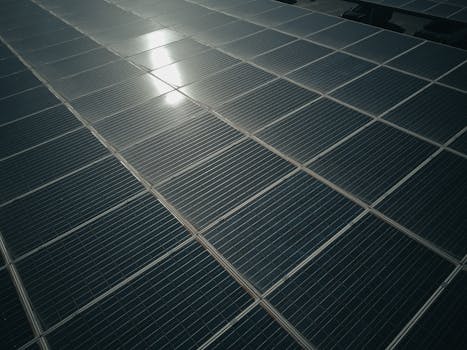
Sustainable Living: Emerging Trends for 2025
Sustainable living is becoming increasingly important as the world grapples with the challenges of climate change, pollution, and resource depletion. As we move into 2025, there are several emerging trends that are likely to shape the way we live, work, and interact with the environment. Sustainable living is at the forefront of these trends, with individuals, businesses, and governments seeking to reduce their environmental impact and create a more sustainable future.
Renewable Energy
Renewable energy is one of the most significant trends in sustainable living for 2025. As the cost of renewable energy technologies such as solar and wind power continues to decline, more and more people are turning to these sources of energy to power their homes and businesses. In addition, governments are implementing policies to support the adoption of renewable energy, such as tax incentives and feed-in tariffs.
Zero-Waste Living
Zero-waste living is another trend that is gaining momentum in 2025. This involves reducing waste to almost zero by avoiding single-use plastics, composting food waste, and recycling as much as possible. Many people are adopting zero-waste lifestyles by making small changes to their daily habits, such as carrying reusable bags and water bottles, and choosing products with minimal packaging.
Sustainable Fashion
Sustainable fashion is a growing trend in 2025, with many consumers seeking out clothing and accessories that are made from eco-friendly materials and produced using sustainable practices. This includes clothing made from organic cotton, recycled materials, and clothing that is designed to be timeless and durable, rather than trendy and disposable.
Green Technology
Green technology is playing a major role in sustainable living for 2025. This includes technologies such as smart home devices, energy-efficient appliances, and electric vehicles. These technologies are designed to reduce energy consumption, lower greenhouse gas emissions, and promote sustainable practices.
Conclusion
In conclusion, sustainable living is a critical aspect of creating a more environmentally friendly future. By embracing emerging trends such as renewable energy, zero-waste living, sustainable fashion, and green technology, we can reduce our environmental impact and promote a healthier, more sustainable world. As we move into 2025, it is essential that we continue to prioritize sustainable living and work towards a future that is more environmentally conscious and sustainable.





